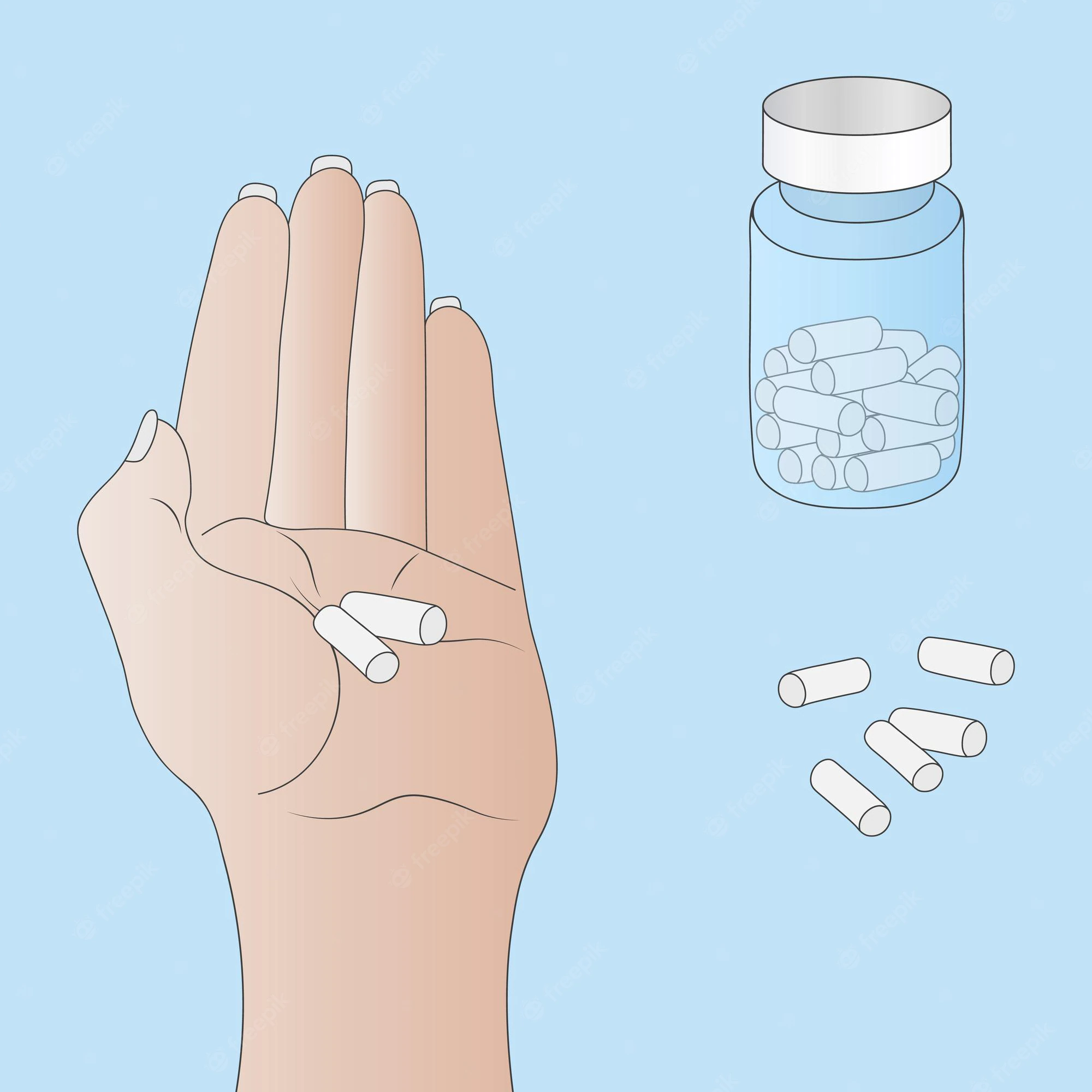Klonopin is a brand name for a particular class of drug used to treat anxiety and panic attacks. The generic name of this drug is called clonazepam and is part of the benzodiazepine class of anti-anxiety medications. Other popular drugs in this class include: valium and Xanax. Panic attacks occur due to a stimulus that causes excessive brain activity that leads to anxiety disorders and eventually psychiatric diseases.
The drug Klonopin acts by increasing the properties of the neurotransmitter GABA or gamma aminobutyric acid in the brain. GABA is a chemical in the brain that neurons use to get in touch with one another. The drug’s enhancement of the effects of GABA produces the calming effect to alleviate the symptoms of panic attacks.
When you take the drug by orally, it takes about six hours for you to metabolize and excrete it from your system. The rate by which the drug is metabolized is affected by the following factors like: the person’s age, body mass, amount of Klonopin ingested and the frequency at which someone uses the medication.
When Klonopin is taken for panic attacks and other anxiety disorders it presents a potential for dependency because of its highly sedating effects. Klonopin is very effective in alleviating the effects of panic disorder like immediate tension, anxiety and hyperventilation. This is also the reason why some users take the drug for recreational purposes.
Klonopin is available in tablet or wafer form. For people suffering from panic disorders the correct dose is 0.25 mg two times per day. Depending on the patient’s tolerance, the dosage can be increased to 1mg after three days. The dosage should not exceed twenty milligrams per day. Patients are not advised to stop the drug abruptly without attenuating the dosage as advised by a physician due to the possibility of causing seizures. Klonopin is effective for the short-term treatment of panic disorders because of its increased potential for drug dependency. The drug should only be used as an adjunct while awaiting therapeutic levels of anti-depressants to kick in which takes about three to four weeks after first dose.
Some of the most common side effects associated with Klonopin use include confusion like inability to operate a car or heavy machinery, decreased muscle coordination, agitation, impulsivity, constipation and an increase in potential seizures for patients taking the drug to control seizure episodes. All patients taking Klonopin should do so under the supervision of the proper health care professional.

